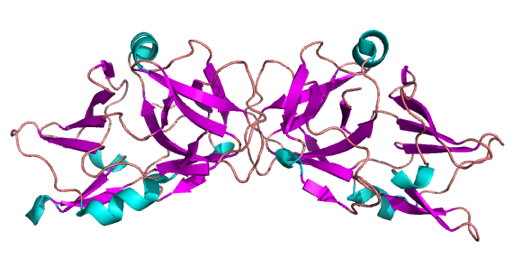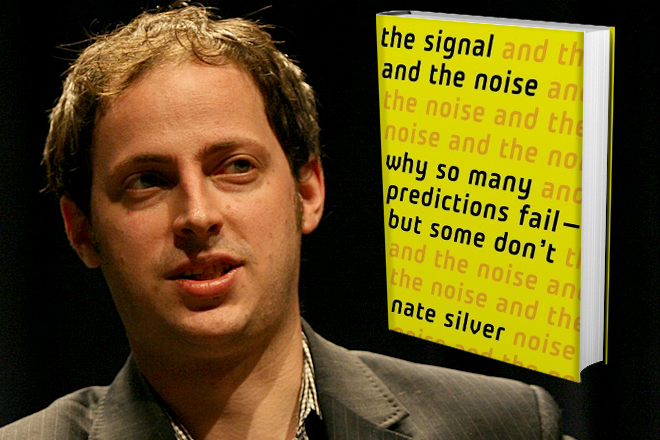 |
| Squaw Valley ski resort: more dirt than snow (SF Gate photo) |
The snowpack, which provides 30% of California's water supply, is "a startling 6 percent of normal, by far the lowest on record."
The news isn't all disaster:
California's biggest reservoirs have managed to hold steady despite the dismal snowpack. Shasta Lake, the state’s largest reservoir, has 74 percent of what it normally holds at this time of year. Lake Oroville, the second-largest reservoir and the most important source for the State Water Project, is carrying 67 percent of what it normally holds at this time of year.This spring I'm putting weed fabric down instead of annuals in the flower beds. Some of the neighbors are laying artificial turf. I'm not there yet, but next year I might be.
[Update - April 1st, and not April Fool's: "Sierra Nada"]





























